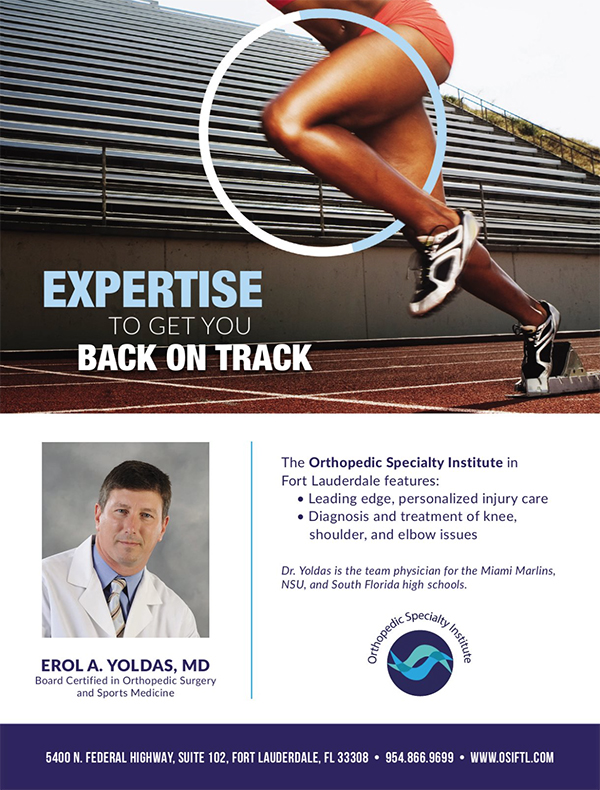
The anterior cruciate ligament (ACL) is one of the main stabilizers of the knee. The media is full of reports of injuries to athletes’ ACLs and their subsequent surgeries. Despite this, few people have a comfortable understanding of the actual injury and possible treatments available. It used to be that injuries to this ligament meant the end of an athletic career, but technological advances have been made such that more players have been able to resume their sports without significant limitations. Due to the complexity and the confusion surrounding ACL injuries, the topic will be divided into two articles. This first will discuss the anatomy, types of injury, and an explanation of why many athletes receive surgery nowadays. The next article will then cover the techniques and specifics of ACL surgery.

